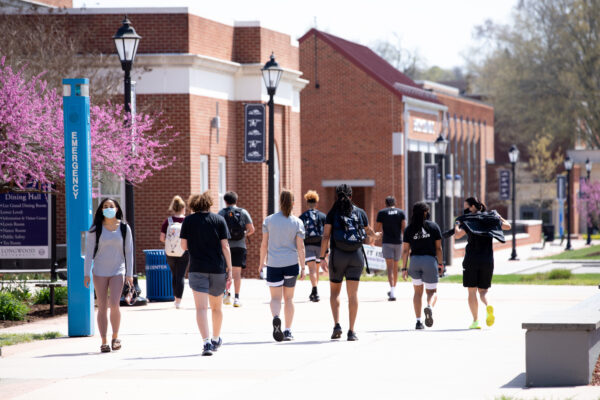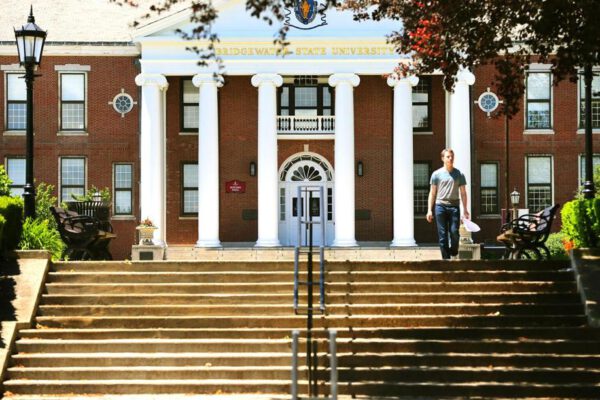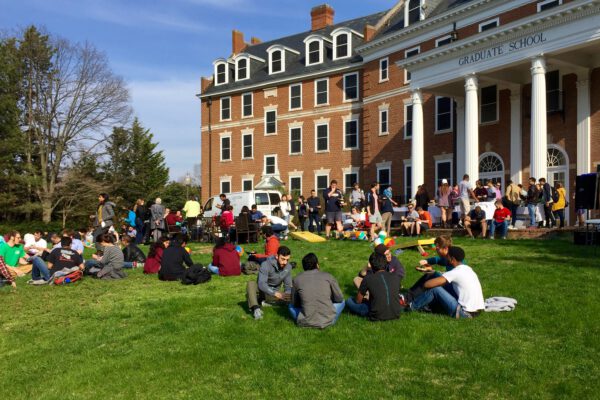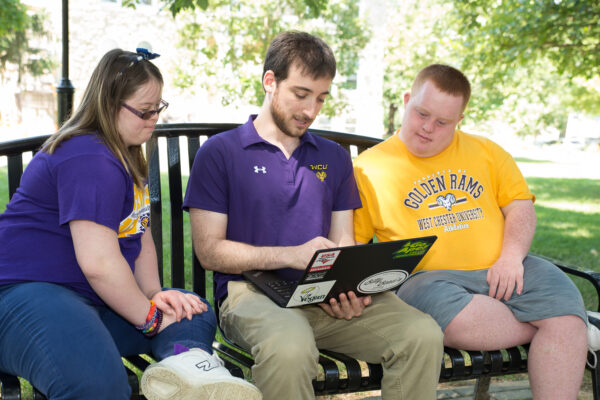
College Football’s Unexpected Impact on Enrollment
May 24, 2024

Understanding the Factors Behind College Completion
May 20, 2024
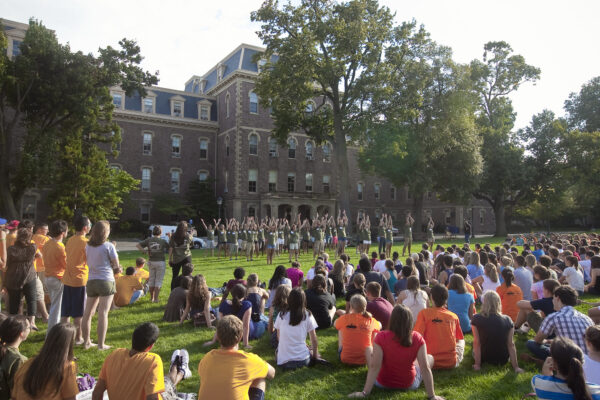
Creating and Sustaining Wellness Cultures for Faculty, Staff, and Students to Thrive
Bernadette Mazurek Melnyk and Elizabeth R. Click examine the influence of workplace culture on well-being, emphasizing the importance of campus leaders in creating supportive environments. They argue for the value of investing in wellness programs and initiatives as a way to improve the health of campus communities.
May 13, 2024

Rethinking First-Generation Status
April 29, 2024
